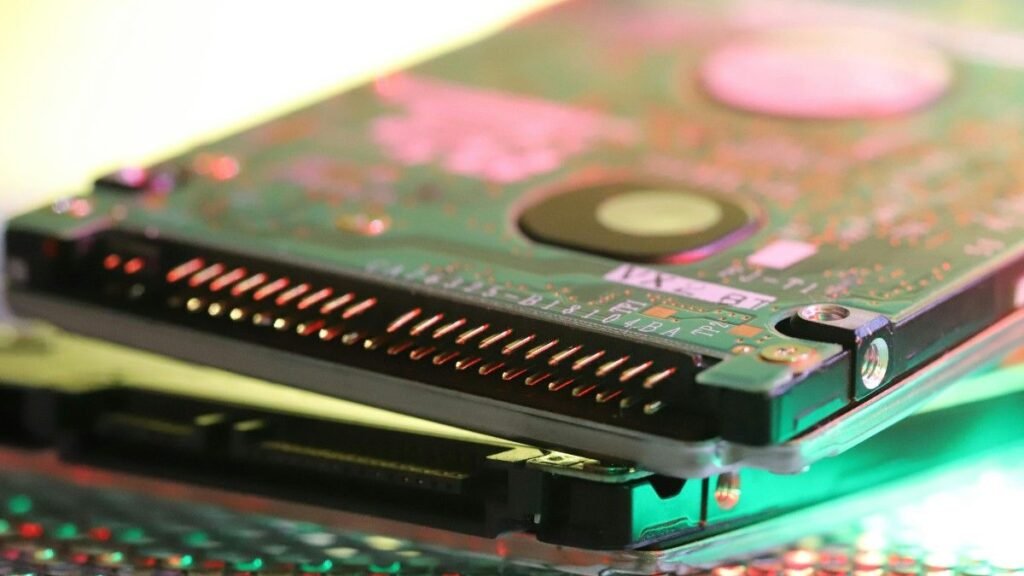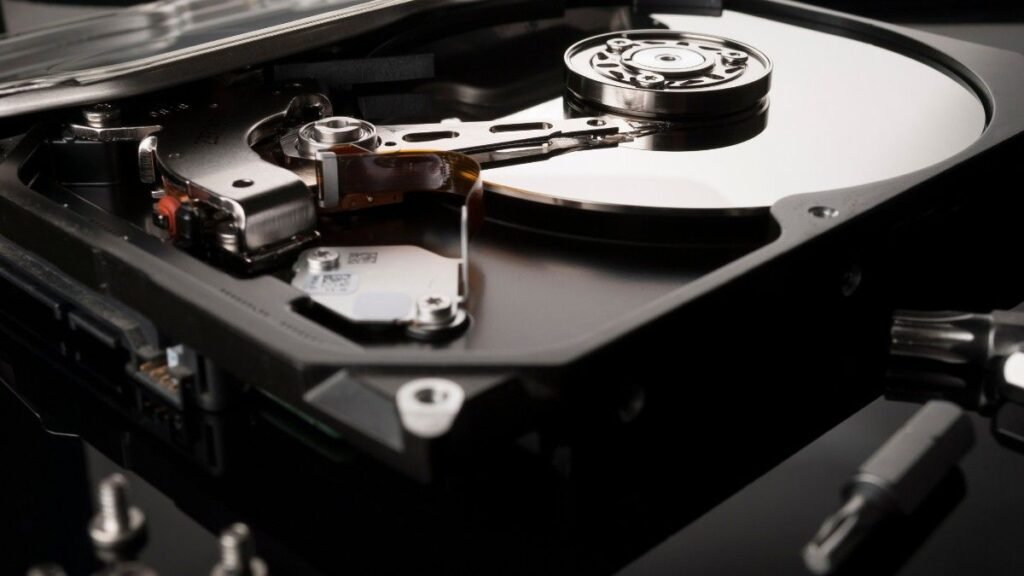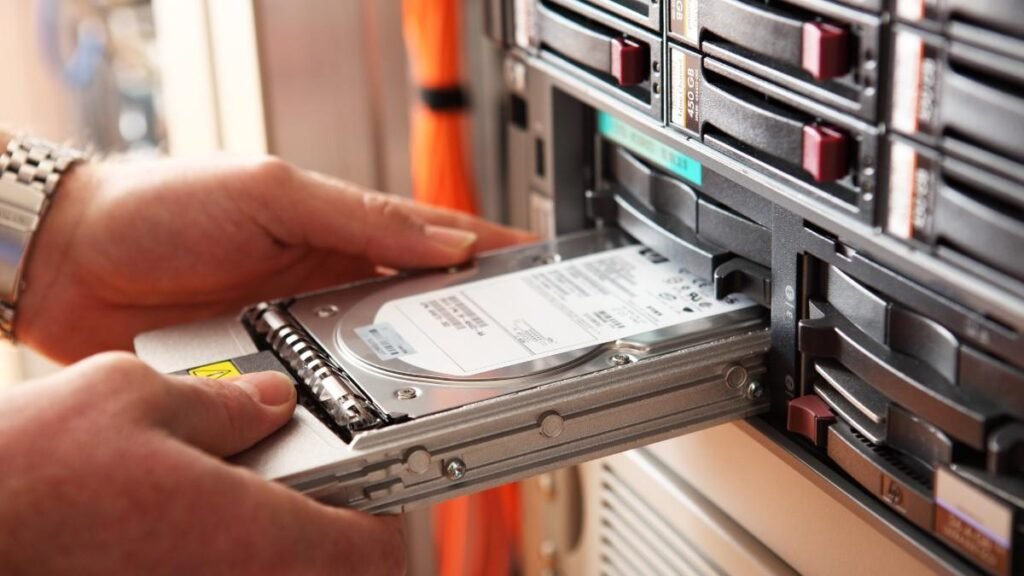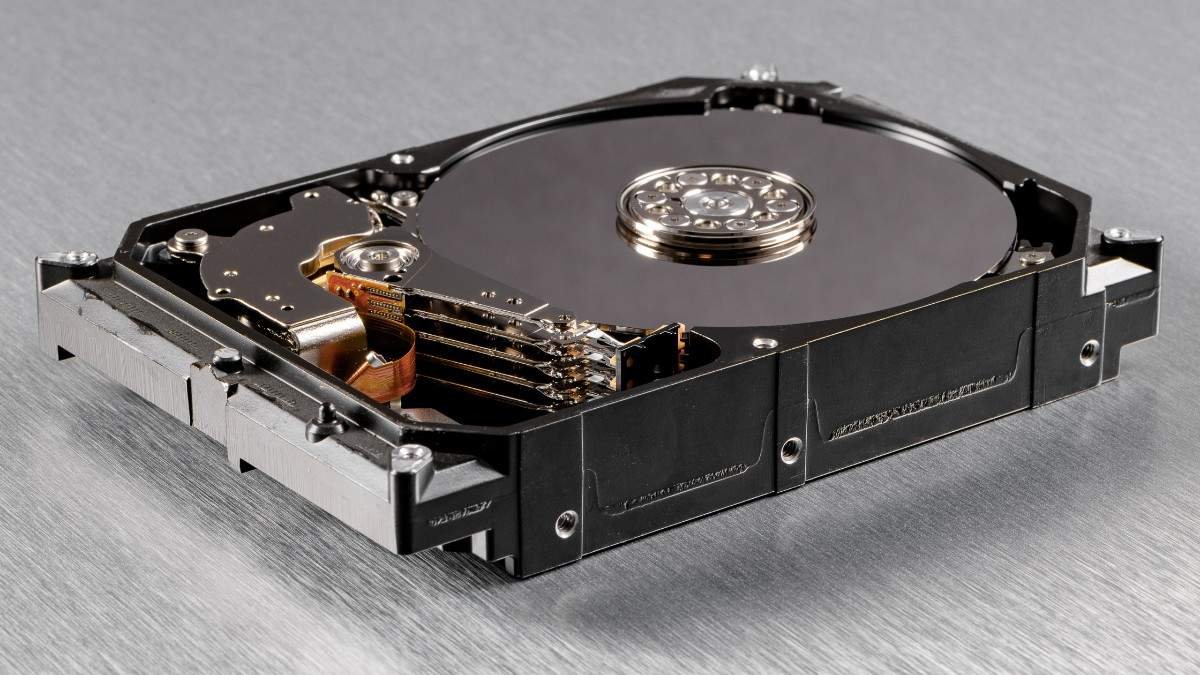Your computer’s hard drive plays a crucial role in its overall speed and performance. Whether you are a gamer, a video editor, or a business professional handling large files, knowing how well your hard drive performs can help you make informed decisions about upgrades, optimizations, or troubleshooting potential issues. Benchmarking your hard drive allows you to measure key performance metrics such as read/write speeds, latency, and input/output operations per second (IOPS).
In this article, we will explore the importance of benchmarking, the essential tools required, and a step-by-step guide on how to accurately measure your hard drive’s performance. Whether you are using an HDD, SSD, or NVMe drive, this guide will help you get precise results.
Why Benchmarking Your Hard Drive Matters
Benchmarking a hard drive is essential for several reasons:
- Performance Comparison – Helps you compare your drive’s speed with industry standards or other models.
- Detecting Performance Issues – Identifies bottlenecks or problems affecting your system’s speed.
- Optimizing Storage Performance – Provides insights into whether optimizations like defragmentation or TRIM commands are needed.
- Upgrading Decisions – Assists in determining if an upgrade to an SSD or NVMe is worthwhile.
- Verifying Manufacturer Claims – Confirms whether your hard drive delivers the promised performance levels.
Key Hard Drive Performance Metrics
When benchmarking, you need to understand the key performance indicators (KPIs) measured:
1. Sequential Read/Write Speeds
- Measures how fast large files are read or written in a continuous sequence.
- Expressed in MB/s (megabytes per second).
- Crucial for gaming, video editing, and large file transfers.
2. Random Read/Write Speeds
- Measures how quickly the drive accesses small files scattered across the disk.
- Expressed in IOPS (Input/Output Operations Per Second).
- Important for operating system performance and multitasking.
3. Latency (Access Time)
- The time taken to retrieve a specific piece of data.
- Expressed in milliseconds (ms).
- Lower latency means faster access to files and applications.
4. IOPS (Input/Output Operations Per Second)
- Measures how many read/write operations a drive can handle per second.
- High IOPS is beneficial for databases and high-performance applications.

Best Tools for Benchmarking Your Hard Drive
Several reliable benchmarking tools can help measure hard drive performance. Here are some of the best options:
1. CrystalDiskMark (Windows)
- One of the most popular tools for benchmarking SSDs and HDDs.
- Provides sequential and random read/write speeds.
- Simple and user-friendly interface.
2. AS SSD Benchmark (Windows – SSDs Only)
- Specifically designed for SSD benchmarking.
- Measures access time and IOPS along with sequential performance.
3. ATTO Disk Benchmark (Windows & macOS)
- Measures performance using different file sizes.
- Used by many manufacturers to test drive speeds.
4. HD Tune (Windows)
- Provides comprehensive information on read speeds, access time, and health monitoring.
- Can detect bad sectors on HDDs.
5. Blackmagic Disk Speed Test (macOS & Windows)
- Popular among video editors for testing disk performance.
- Measures real-world video playback and recording speeds.
6. fio (Linux)
- A command-line tool for advanced users.
- Provides detailed IOPS, bandwidth, and latency measurements.

Step-by-Step Guide to Benchmarking Your Hard Drive
Step 1: Prepare Your System
Before running benchmarks, follow these steps:
- Close all unnecessary applications to prevent background processes from affecting results.
- Ensure your drive has sufficient free space (at least 20%) for accurate measurements.
- Plug in your laptop or ensure sufficient battery life to avoid power-saving interruptions.
Step 2: Select the Right Benchmarking Tool
Choose one of the tools mentioned above based on your operating system and drive type. For example:
- Use CrystalDiskMark for quick Windows benchmarking.
- Use Blackmagic Disk Speed Test for macOS.
- Use fio for Linux-based performance analysis.
Step 3: Run the Benchmark Test
- Install and launch the selected tool.
- Choose the test type (sequential or random read/write).
- Select the file size to test (1GB to 16GB is recommended for accurate results).
- Start the test and wait for the results to be generated.
Step 4: Analyze the Results
After completing the test, you will get values for read/write speeds, latency, and IOPS. Compare them with:
- Your drive’s advertised speeds.
- Benchmarks from similar drives in online forums.
- Your previous results to track performance over time.
Step 5: Optimize If Necessary
If your drive is underperforming, try these optimizations:
- For HDDs: Defragment the disk and ensure proper cooling.
- For SSDs: Enable TRIM, update firmware, and avoid excessive data filling.
- For NVMe Drives: Use a heatsink to prevent thermal throttling.
Real-World Use Cases for Benchmarking
1. Gamers & Content Creators
- Benchmarking helps ensure smooth gameplay and faster loading times.
- Video editors benefit from high-speed read/write performance.
2. IT Professionals & Businesses
- Companies use benchmarking to assess storage performance for servers and databases.
- IT admins can identify failing drives before they cause downtime.
3. Everyday Users
- Helps determine whether an upgrade from HDD to SSD is necessary.
- Identifies slowdowns caused by drive degradation.

Common Mistakes to Avoid When Benchmarking
- Running Benchmarks While Other Apps Are Active – This can lead to inaccurate results due to background processes consuming system resources.
- Not Repeating Tests – Run the test multiple times to ensure consistency.
- Using the Wrong Tool for SSDs – Some tools designed for HDDs do not provide accurate SSD benchmarks.
- Ignoring Temperature Readings – Overheating can cause performance drops in SSDs and NVMe drives.
Conclusion
Benchmarking your hard drive’s performance is a crucial step in ensuring your system operates efficiently. By understanding key performance metrics, using the right tools, and analyzing results properly, you can detect issues, optimize performance, and make informed decisions about upgrades. Whether you are a gamer, a professional, or just a regular user, benchmarking helps you get the most out of your storage device.
Frequently Asked Questions (FAQs)
1. How often should I benchmark my hard drive?
- If you are troubleshooting performance issues, benchmark your drive every few months. Otherwise, once or twice a year is sufficient.
2. Do SSDs need frequent benchmarking?
- No, SSDs don’t degrade the same way HDDs do, so frequent benchmarking is unnecessary unless performance issues arise.
3. Can benchmarking damage my hard drive?
- No, benchmarking is safe when done occasionally. However, excessive testing can cause unnecessary wear on SSDs.
4. Why is my hard drive’s performance lower than advertised?
- Many factors can affect performance, such as drive age, fragmentation (for HDDs), or thermal throttling (for SSDs).
5. Should I defragment my SSD?
- No, SSDs do not require defragmentation. Instead, enable the TRIM function to maintain performance.

